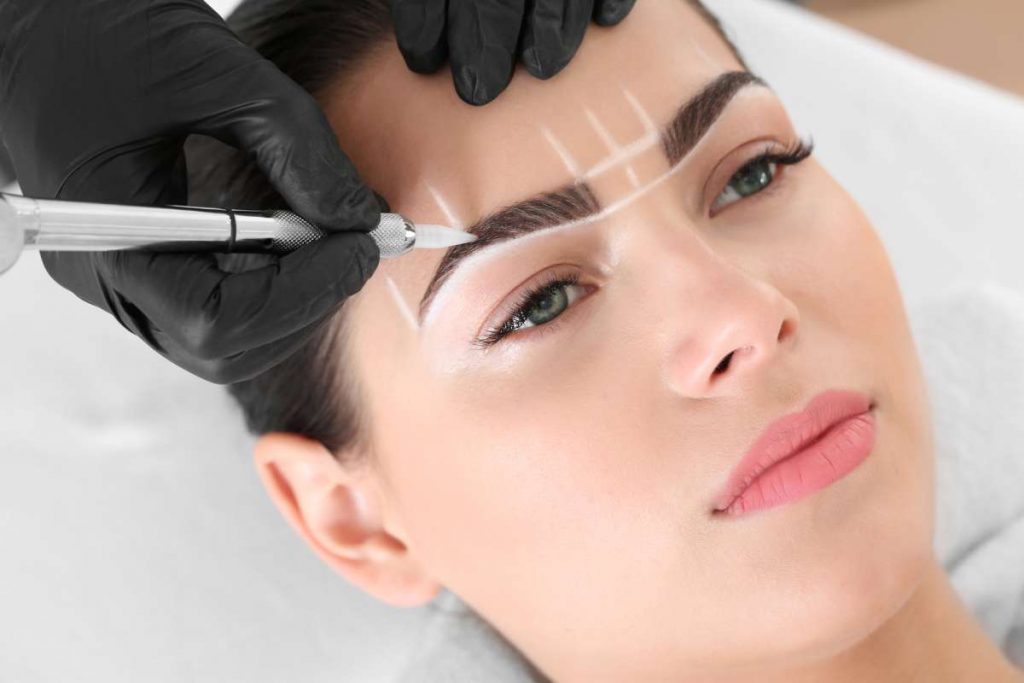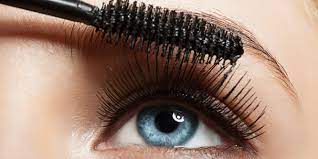Microblading is a semi-permanent cosmetic tattooing technique which is used to create the appearance of fuller, more evenly shaped eyebrows. It involves the use of a handheld tool with tiny needles to deposit pigment into the skin and create the desired shape. Microblading is different from traditional tattoos, as the pigment is not injected all the way into the skin. Instead, it is applied just beneath the surface, giving a more natural-looking result. The results typically last between 12 and 18 months, although touch-ups may be necessary to maintain the desired shape and color.
10 FAQs about Microblading
The ideal candidate for microblading is someone who wants to enhance the shape and look of their eyebrows. Candidates should have realistic expectations for the outcome of their procedure and be willing to follow all of the pre- and post-care instructions provided by the technician. Good candidates should also be in good physical health, have good skin quality, and have a good understanding of what the microblading procedure entails.
Generally, microblading results last anywhere between 12 to 18 months, depending on how well you take care of your brows. Regular touch-ups are recommended to maintain the look of your microbladed brows. Proper aftercare is key to ensuring your microblading results last as long as possible.
The cost of microblading can vary greatly depending on the area you live in and the technician you choose. Generally, you can expect to pay anywhere from $400 to $1,500 per session. Some clinics may also charge extra for the initial consultation and a touch-up session.
The recovery time for microblading is typically between 4 and 6 weeks. During that time, the area that was microbladed needs to be kept clean and dry. It is also important to avoid picking at the area, as this could cause scarring or infection. After the recovery period, it is also important to protect the area from the sun with a sunscreen of at least SPF 30.
The level of discomfort experienced during microblading is highly individual and depends on the person’s pain threshold. Generally, microblading is considered to be relatively low on the pain scale, as the procedure is done with a small, precise blade. Some people may experience slight discomfort, while others may experience more significant pain. It is important to speak with your technician about the level of pain you are comfortable with, and they can adjust their technique accordingly.
Yes, microblading is generally considered safe when done by a qualified and experienced professional. It is important to research the microblading practitioner you are considering to make sure they are certified and experienced. Be sure to ask to see before and after photos of previous clients to get an idea of the results you can expect. It is also important to discuss any allergies or skin sensitivities you may have before starting the procedure.
The most common risks involved in microblading are infection, scarring, allergic reactions, and changes in skin pigmentation. Infection is the most serious risk associated with microblading and can occur if the tools used are not sterilized properly or if the area is not properly cleaned before the procedure. Scarring can occur if the needle is inserted too deeply. Allergic reactions can occur if the pigment used is not compatible with the client’s skin. Changes in skin pigmentation can occur if the wrong color of pigment is used or if the client has a sensitivity to the pigment.
Aftercare instructions for microblading include avoiding water, sweat, and direct sun exposure for the first 7-10 days. During this time, keep a light layer of healing ointment on the treated area. Do not scratch, pick, or rub the area and avoid any makeup, lotions, or creams during the healing process. After the healing period, apply a broad-spectrum sunscreen with SPF 30 or higher to protect the area.
It is recommended that you get a touch-up every 6-12 months, depending on how quickly your skin heals and how quickly your brows fade. This varies from person to person, so it is important to discuss your individual needs with your technician.
The different types of microblading techniques include the hairstroke technique, shading technique, combo technique, and powder technique. The hairstroke technique is the most common type of microblading and consists of tiny, individual hair-like strokes. The shading technique is similar to the hairstroke technique, but the strokes are thicker and more blended. The combo technique combines the hairstroke and shading techniques to create a natural, multidimensional look. Finally, the powder technique is a more permanent option and is created by using a machine to apply a soft, powdery pigment that mimics the look of makeup.



